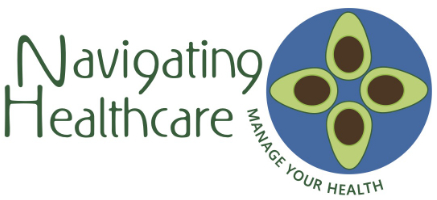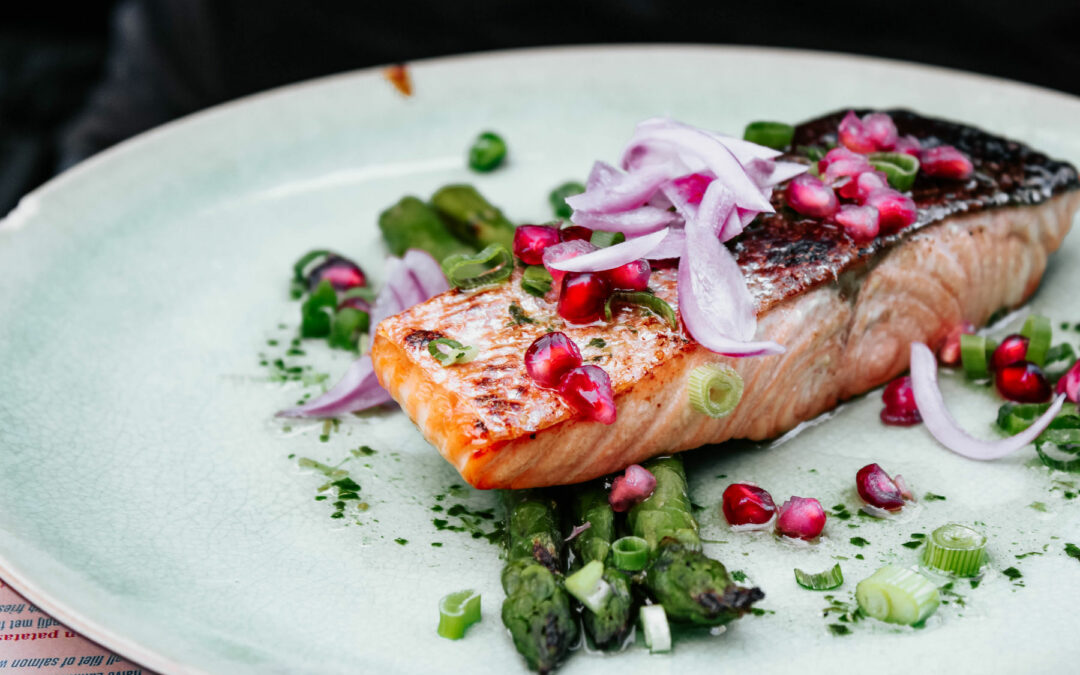A Ketogenic diet is based solely around the manipulation of carbohydrates. When we understand how it works on a cellular level and investigate the finer details it is actually quite advanced. The Keto diet heavily limits daily carbohydrate intake (typically carbohydrates must be below 50g – 100g for ketosis) 50g or less is the ideal goal as it causes ketone bodies to be produced by the liver.
WHAT IS A KETOGENIC DIET?
The body prioritises fat utilization once glycogen is depleted. Dr. Atkins who released his ketogenic diet known as the ‘Atkins diet’ prescribed unlimited amounts of protein and fats.
The Body Uses the 4 Sources of Fuel Primarily, glucose (carbohydrates), amino acids (protein), free fatty acids (fats), ketones.
How does it Work?
A tissue in the body will use the fuel source that has the greatest concentration in the bloodstream. The body will breakdown and convert amino acids into useable energy. Most of the body’s tissues will begin to use free fatty acids as their primary fuel source. Ketones come into action to meet the energy demand for the brain.
Protein will be required in the diet to stop amino acids being used from muscle tissue, and it has also been shown to stimulate glucagon release.
Fat is highly ketogenic with only around 10% of intake appearing in the bloodstream as glucose. Fat is therefore an ideal macronutrient in a ketogenic diet. You need to include fat for the keto diet to work efficiently (include cream in your coffee, butter and other good fats like avocados, avocado oil, nuts flax and chia seeds, olives, and cold pressed olive oil).
All carbohydrates appear in the bloodstream as glucose, thus making it anti-ketogenic (restricting carbs on a keto diet is essential) These include breads, pasta, rice). A daily intake of more than 100g of carbohydrates is not ketogenic. Once fat adapted (usually after 3 weeks), the brain’s requirement for glucose is approx. 40g per day.
Hormone Levels
We are going to see a large downturn in the production of insulin HORMONE LEVELS. Glucagon is the antagonistic hormone of insulin, which promotes the mobilisation of stored fat as energy. When insulin levels reduce and glucagon levels rise, the body will break down stored fuels for energy.
Cholesterol
People can see a reduction in blood triglycerides. An increase in HDL cholesterol levels and decrease in LDL levels have been reported.
Performance
High activity or exercise may not be sustainable on a ketogenic diet due to low carbohydrate intake. It is not ideal for those seeking significant changes in muscle growth or recovery because a high level of protein breakdown can occur.
Fat Loss
Many believe that a ketogenic diet is superior for fat loss. Ketogenic diets can be effective for rapid weight loss, due to the depletion of glycogen which promotes water retention. True fat loss is dictated by the number of calories consumed.
Application
A ketogenic diet can be applied without tracking calories and macronutrients. Carbohydrates must be below 50 – 100g for ketosis. 50g or less is the ideal goal.
Foods to Eat of a Keto Diet
Fish and shellfish are very keto-friendly foods. Salmon and other fish are rich in B vitamins, potassium, and selenium, yet virtually carb-free.
Salmon, sardines, and other fatty fish are very high in omega-3 fats, which have been found to lower insulin levels and increase insulin sensitivity in people who have overweight and obesity.
Low carb veggies make great substitutes for higher carb foods.
For instance:
- cauliflower can be used to mimic rice or mashed potatoes
- “zoodles” can be created from zucchini
- spaghetti squash is a natural substitute for spaghetti
Here are some examples of keto-friendly vegetables to include in your eating plan.
Keto friendly vegetable list:
- asparagus, avocado, broccoli, cabbage, cauliflower, cucumber, green beans, eggplant, kale, lettuce, olives, peppers (especially green), spinach, tomatoes, zucchini
- Avocados contain 2g of net carbs per serving and are high in fibre and several nutrients, including potassium. Avocados are a good fat for a ketogenic diet.
Cheese is rich in protein, calcium, and beneficial fatty acids, yet contains a minimal amount of carbs.
Keto friendly cheese list:
- blue, brie, camembert, cheddar, cottage cheese, cream cheese, feta, goat cheese, halloumi, havarti, mascarpone, mozzarella, parmesan, swiss …
Meat and poultry are considered staple foods on a ketogenic diet. Fresh meat and poultry contain no carbs and are rich in B vitamins and several important minerals. They are also a great source of high-quality protein, which has been shown to help preserve muscle mass during a very low carb diet.
Eggs are one of the healthiest and most versatile foods on the planet. One large egg contains less than 1 gram of carbs and about 6 grams of protein, making eggs an ideal food for a ketogenic lifestyle.
If you are wanting to learn more about managing your weight or diabetes management: Email: [email protected] or register for one of our programmes or health coaching on the website


Recent Comments